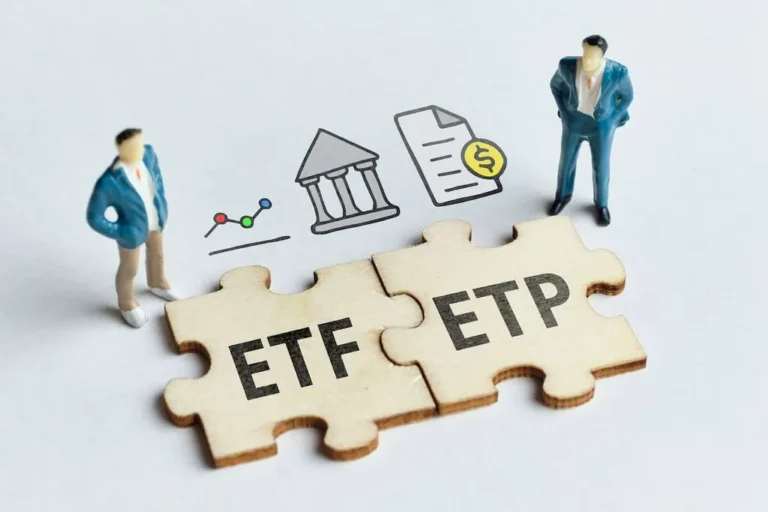Recognizing these indicators is pivotal in preemptively figuring out and mitigating potential money laundering actions, thereby safeguarding the establishment from legal repercussions and reputational damage. Incorporating an AML threat Initial exchange offering assessment matrix into your compliance programme not solely helps defend your business but also demonstrates a dedication to combating monetary crime successfully. Companies must pay explicit attention to any high-risk activities when conducting AML threat evaluation.

A company-wide danger evaluation is a flooring to ceiling evaluate of a business to determine what exterior dangers of money laundering they face and where of their enterprise is vulnerable to being exploited by criminals looking for to launder illicit funds. Once this is accomplished it’s used as the foundation for a company to design their threat evaluation and anti-money laundering processes. Step three will build on the preliminary documentation that you simply ready, as it entails identifying the inherent and residual AML and CFT risks your organization is uncovered to (AML buyer danger assessment methodology. As financial criminals turn into extra subtle and global AML rules tighten, conventional compliance strategies are now not sufficient. Establishments should embrace AI-driven automation to streamline risk detection, stop financial crime, and preserve regulatory compliance. Enhanced Due Diligence (EDD) is a extra thorough form of due diligence utilized to high-risk prospects, such as PEPs, customers from high-risk countries, or those involved in high-risk transactions.

The financial institution constructions its BSA/AML compliance program to deal with its danger profile, primarily based on the bank’s evaluation of risks, as properly as to comply with BSA regulatory requirements. Specifically, the bank ought to develop acceptable insurance policies, procedures, and processes to watch and management its ML/TF and other illicit monetary exercise risks. Independent testing (audit) ought to evaluation the bank’s BSA/AML risk assessment, together with how it is used to develop the BSA/AML compliance program.

Hipaa Compliance: Pointers, Function, And Implications
There aren’t any set guidelines that point out your firm is at excessive danger of exposure to cash laundering exercise. This course of isn’t static but requires ongoing evaluation, contemplating adjustments in laws, your small business, and rising felony strategies. Regardless of whether a danger is discovered or not, the findings of and methods utilized in the AML danger assessment ought to be recorded.
The info collected by two banks in step one reflects that each sends one hundred international funds transfers per day. Further evaluation by the primary financial institution shows that approximately 90 percent of its funds transfers are recurring well-documented transactions for long-term customers. Further analysis by the second financial institution exhibits that ninety p.c of its funds transfers are nonrecurring or are processed for noncustomers.
Ai And Machine Learning In Aml Threat Assessments
- By analyzing info related to those threat classes, banks can decide their ML/TF (money laundering/terrorist financing) and other illicit financial exercise dangers.
- The geographic danger rating evaluates this probability for different areas and is a important element of the AML threat evaluation template (PSPLab).
- These behaviors might point out makes an attempt to hide connections to terrorist activities or the supply of funds (Sanction Scanner).
- These measures can embody policies, procedures, and controls designed to cut back the chance of money laundering and other illicit activities.
Fashionable AML compliance practices have shifted in course of centralized, automated monitoring using advanced algorithms, synthetic intelligence (AI), and machine learning (ML) strategies to detect unusual transaction patterns in real-time. This shift enables financial institutions to predict, forestall, and reply instantly to cash laundering activities (FlagRight). A well-rounded AML danger evaluation requires a deep dive into various risk components, corresponding to buyer profiles, geographic places, and the kinds of products and services supplied by a enterprise. A thorough examination of those elements not only meets regulatory necessities but in addition underpins a strong compliance program, defending business reputation in the long run. For instance, new kinds of monetary crime may emerge, or criminals could discover new methods to use current methods. Due To This Fact, by often reviewing and updating their threat assessments, companies can ensure they remain effective in combating cash laundering and terrorist financing.
Compliance professionals must stay vigilant, adapt to adjustments, and leverage technological instruments to mitigate risks effectively and maintain regulatory compliance. By following these guidelines, banks can enhance their ability to detect and stop cash laundering and terrorist financing actions. Efficient AML risk assessment in banks is vital for sustaining regulatory compliance, safeguarding the integrity of the financial system, and defending the establishment from AML fines and penalties. Documentation in AML threat evaluation offers a way to show aml risk assessment compliance with regulatory necessities.
Excessive worth merchandise which contain giant amounts of cash could be seen as a car to move and launder cash shortly. If you often deal with excessive quantity, excessive value transactions, or complicated interactions with international markets there may be the potential for criminals to cover illicit activities. Your threat assessment doesn’t necessarily need to be complex, particularly if you are a small enterprise, nevertheless ensure you identify the dangers you see in your business, and remember this isn’t merely a ‘tick box’ exercise. It cannot be a generic document, it should contain a deep dive into understanding your buyer base, the character of the transactions, and the overall operational surroundings of your corporation. By conducting a radical risk evaluation, you’ll have the ability to establish potential vulnerabilities in these areas and tailor your anti-money laundering measures to deal with these particular vulnerabilities.
An understanding of the enterprise profile types the muse for an efficient AML danger assessment. This involves gathering key data such as jurisdictions served, kinds of clients, and products/services supplied. The AML danger evaluation template emphasizes the significance of this understanding as it’s essential for identifying potential money laundering risks effectively (PSPLab). By embracing developments in know-how and repeatedly enhancing danger evaluation strategies, monetary establishments can enhance their capability to fight cash laundering and defend the integrity of the worldwide monetary system. The future of AML danger assessment lies within the seamless integration of technology, information analytics, and human experience to stay one step forward of financial criminals.
This may be done utilizing AML compliance software and tools that leverage information analytics and transaction monitoring methods. These tools help identify and flag any uncommon or high-risk transactions, enabling timely investigation and reporting. A thorough examination of these components helps establish vulnerabilities and implement suitable controls to mitigate financial crime dangers. These processes involve https://www.xcritical.com/ verifying buyer identities, understanding the nature of their business, and assessing their danger profiles.
The IMF also conducts technical assistance missions to assist countries implement this system and build their capacity in undertaking danger assessments and managing AML/CFT processes on the national level (IMF). In addition to international regulatory our bodies, numerous international locations and areas have enacted their own AML directives and laws. For example, the European Union launched the Fifth Anti-Money Laundering Directive (5AMLD) in 2018, which went into impact in January 2020. This directive aims to strengthen the EU’s AML framework and enhance transparency in financial transactions.

Leave a Reply